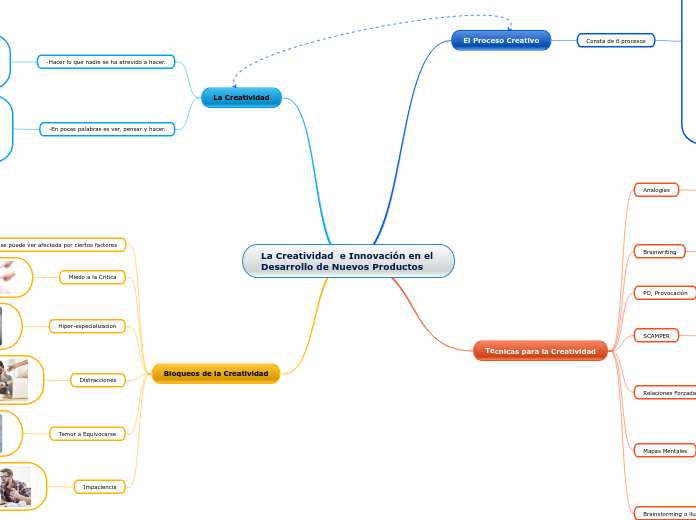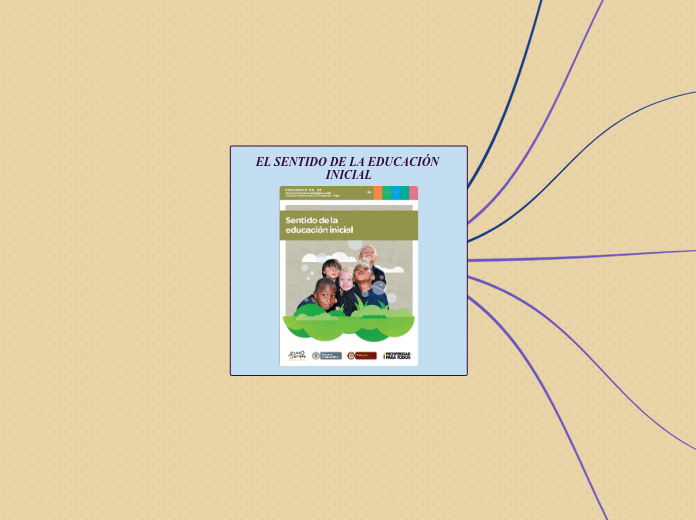África, cuna de la civilización
To name your story, you have to think about the overall message and what you want your audience to understand from the story. Also, make it relevant and easy to remember.
Homo sapiens
The ending of a story is essential. We all know that if the ending is weak, what happened before loses its importance. So make it unpredictable, but fair. A resolved ending answers all the questions and ties up any loose threads from the plot.
Hipótesis
La erupción del volcán
Nos ayudase a convertirnos en lo que somos
Nos distinguió del resto del reino animal
Impulsó la aceleración de la creatividad
This is the closure section of the story.
See examples of possible outcomes below:
- all problems have been solved
- it's clear how each one of your characters ends up
- your main character is transformed by the challenge
Dio origen al hombre moderno
Tribu San
Primeros humanos que
Colonizaron el resto del mundo
Abandonaron África
Más antigua
Lenguaje sintáctico moderno
Try answering these questions in order for you to come up with a closure:
- Have all problems been solved?
- Is it clear what happens with all your characters in the story?
- Has the challenged transformed your main character?
- How do the characters feel in the end?
Florecimiento de la creatividad
Principios del arte
Try answering these questions to come up with a closure:
- Have all the problems been solved?
- Is there a clear picture of what happens with each character in the story?
- Has the challenge transformed your main character?
- How do the characters feel in the end?
CAMBIO
Hace 74 mil años
Masiva erupción volcánica
Produjo
Casi extinción del homo sapiens
Se redujo a 1000 - 2000 individuos
Glaciación
Disminución de la temperatura global
This is the moment when the main character surpasses the last obstacle and finally faces their greatest challenge.
The climax usually follows one of these patterns:
- realization
- resolution
- choice
Type in your answer.
Hace 200 mil años
Homo erectus
The middle of the story is where you add layers of complications that will lead to the end. Reveal more about the character's journey. Did their personality go through changes? How did they overcome the challenges? And as you build up the story’s central conflict, make it more personal to that character. Also, from the middle act, you have to lead into the final act.
There wouldn't be any tension and excitement in your story if there weren't any obstacles in your character's way.
Tanzania
A story is nothing more than a character overcoming a series of difficulties to reach the desired goal. Obstacles usually create suspense and conflict. In overcoming obstacles, there is growth: weak becomes strong; hatred turns into love; sadness into happiness; wrong into right; lies into truth; or evil becomes good.
See a few examples below:
- stopping a meteor
- finding a killer
- finding love
1984
Orillas del lago Turkana
Your character(s) need(s) motivation in order to solve the challenge(s).
Dominio del fuego
Método de defensa
Cocción de alimentos
Cerebro
Secondary characters might also have motives that lead them to cross paths with the main character or which might trigger them to help the main character.
Inteligencia para
Creación de herramientas
Defensa contra depredadores
Facilitaban su vida
Capaz de tomar decisiones
Logró desarrollarse por 2 millones de años
Casi alcanza el tamaño humano
Secondary characters also might have motivs beacuse of which they may cross path with main character or which might trigger them to help the main character.
180 cm
160 cm
Cráneo enorme
Why does your character need to confront this challenge? What does he/she expect to accomplish by solving it?
See a few examples:
- will marry in 3 days
- can fix the mistakes of the past
más de 1L de volumen
2/3 menos que el del hombre
más del doble que el del afarensis
Hace 50 mil años
Each story has a main character and that character usually needs to solve a problem or challenge. The character's challenge is the one that creates tension throughout the story.
In most stories, there are 3 challenges. The number 3 is a mystical number symbolizing completeness. Try to come up with interesting challenges with which your character needs to struggle.
See a few examples below:
- turns into a werewolf at night
- is sent back in time
Australopithecus afarensis
In the beginning of the story (or the exposition), you will need to introduce the setting and characters. You might also want to introduce the main conflict. This part of the story is important because it gives the reader necessary background information and maybe even a first insight into a character’s personality.
Primer fósil
Etiopía
1974
Características
The setting (time & place) of a story can change throughout the plot.
Sobrevive por instinto, más que por intelecto
Sensory details include sight, sound, touch, smell, and taste. These details are important because they create depth in your setting.
See a few examples below:
- the smell of fresh bread
- the scent of freshly cut grass
- rain falling onto the windshield etc.
Cerebro poco más grande que el de un chimpancé
The weather is an important element in your story because it can highly influence the ambiance and the mood of the characters.
Estatura varía entre
The time of the story can also change. It can describe the event of a single day or can include an entire year's plot. Anyway, don't forget to mention it.
150 cm
120 cm
Desplazamiento bípedo
Your story can take place wherever your imagination will take you to.
For example: in an elevator, in an enchanted forest, etc. Don't forget to give details of the environment each time the setting changes, otherwise, the story can be confusing. Also, mention the seasons as each of them has unique weather and events.
Extinción
Hace 2 millones de años
Aparición
Characters are essential to a good story. Usually, the protagonist(s) is/are the most affected by the plot. Introduce a character by focusing on their actions, interests, and occupation, as the physical appearance doesn't make a difference in most cases.
Hace 4 millones de años
Type in the name of your character.










